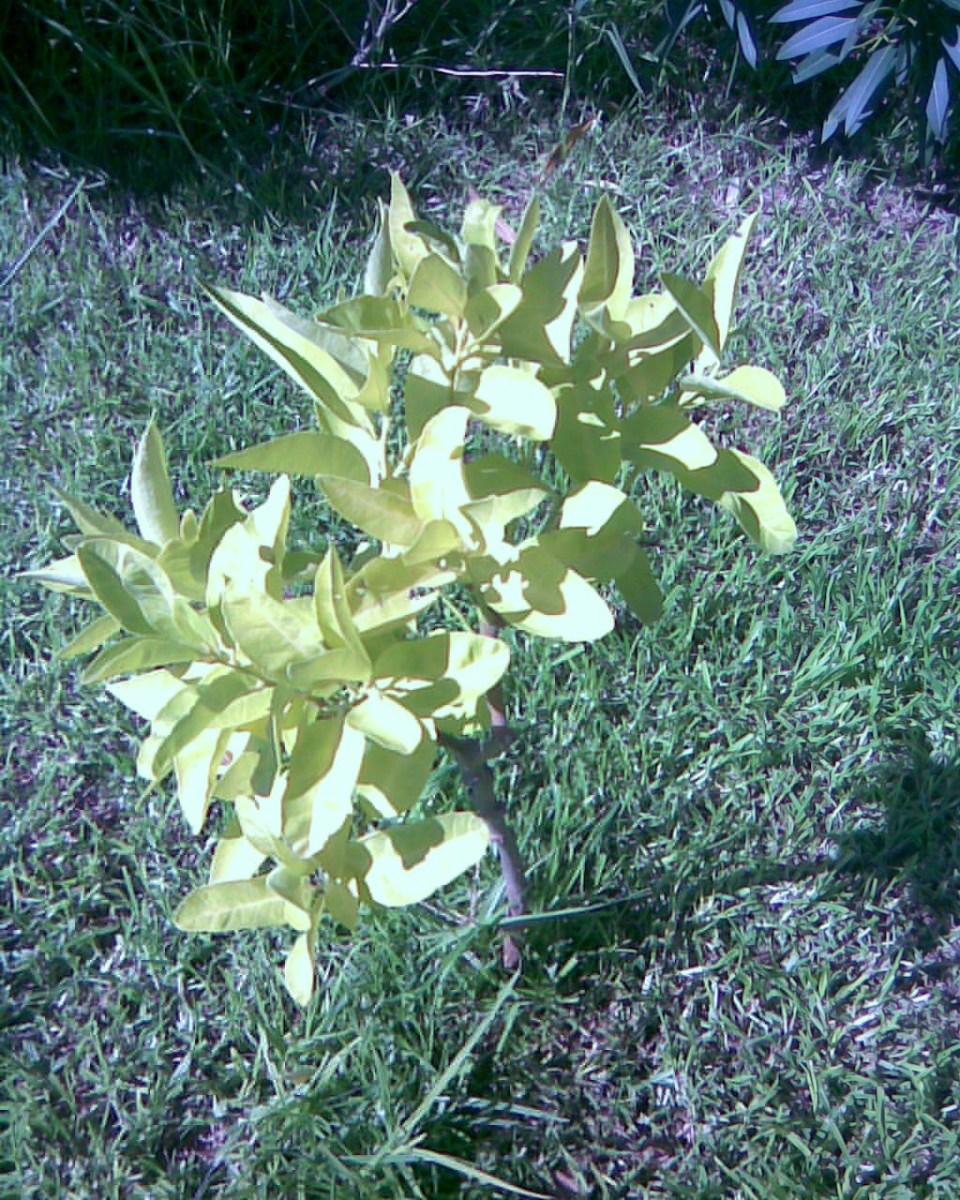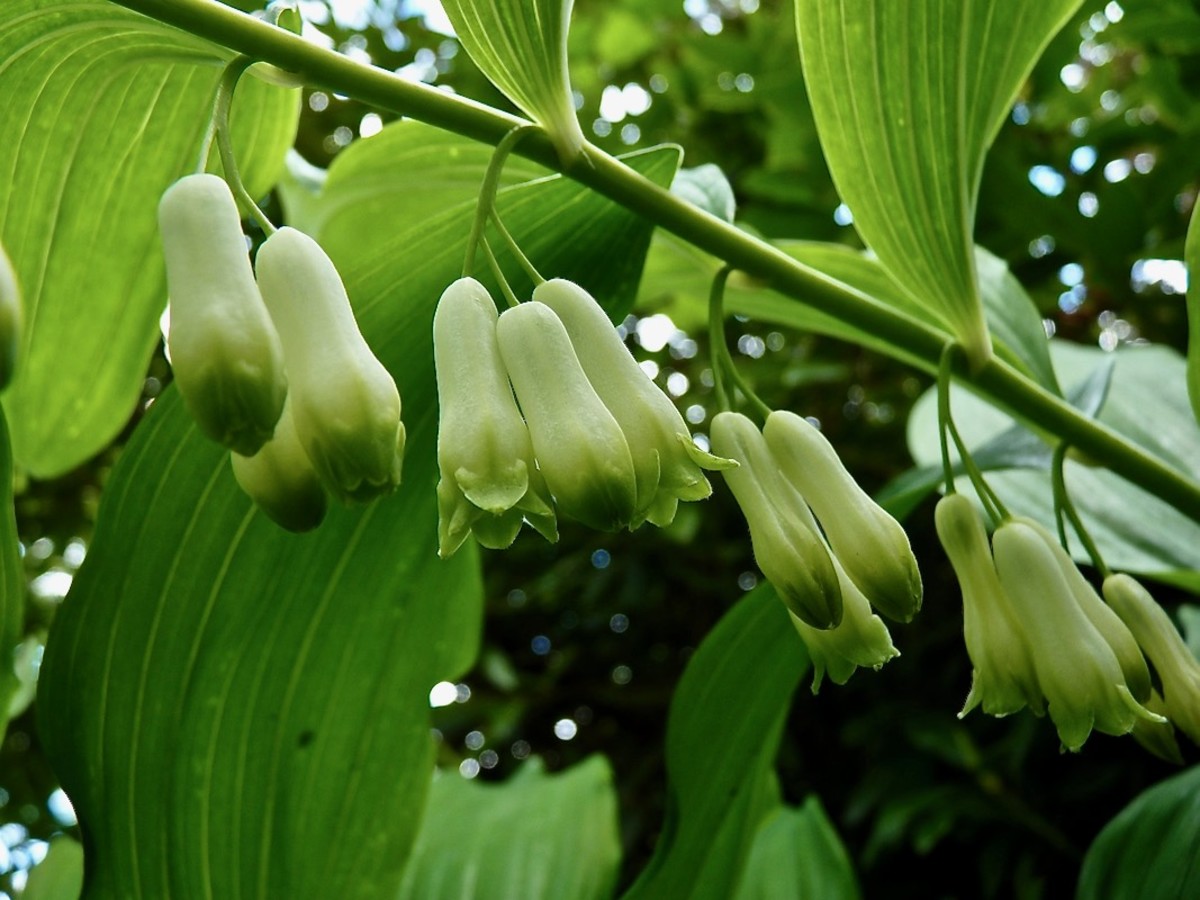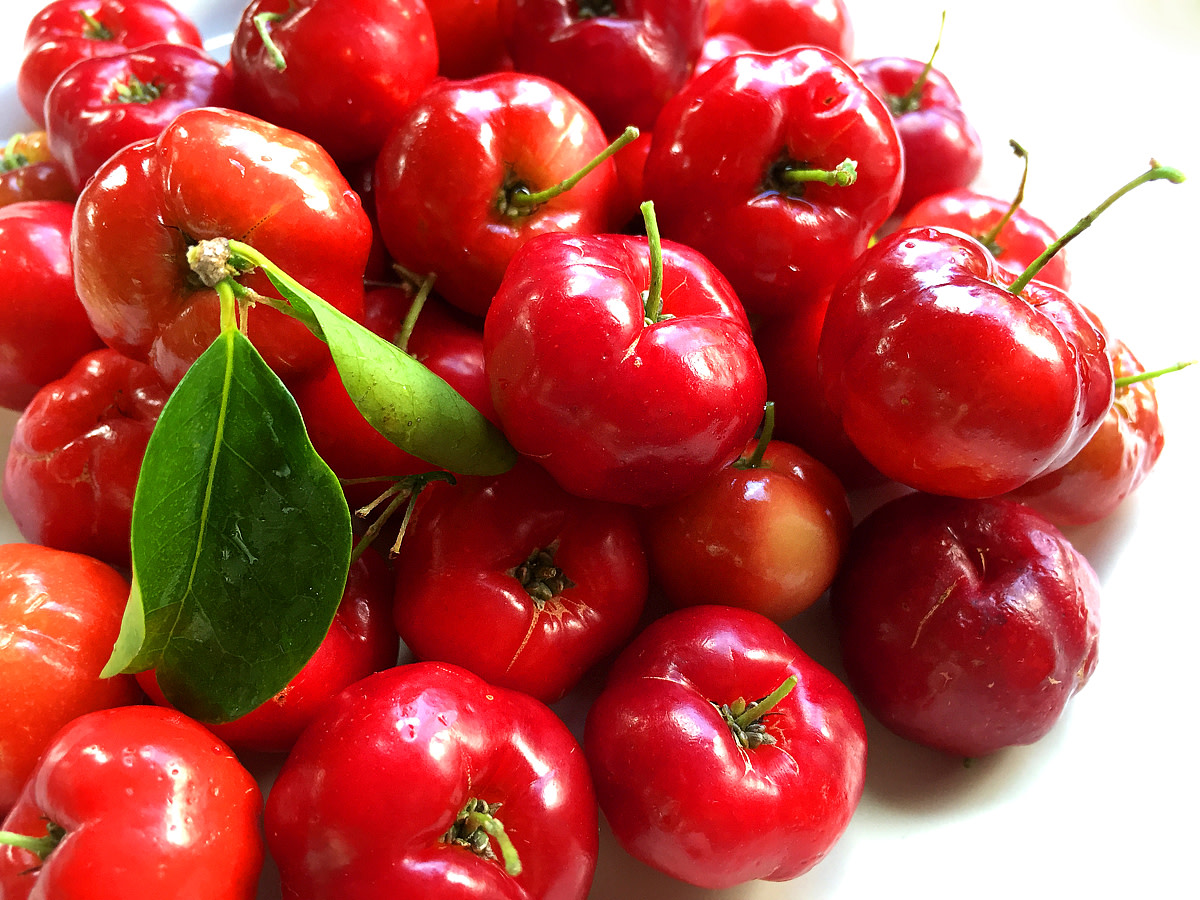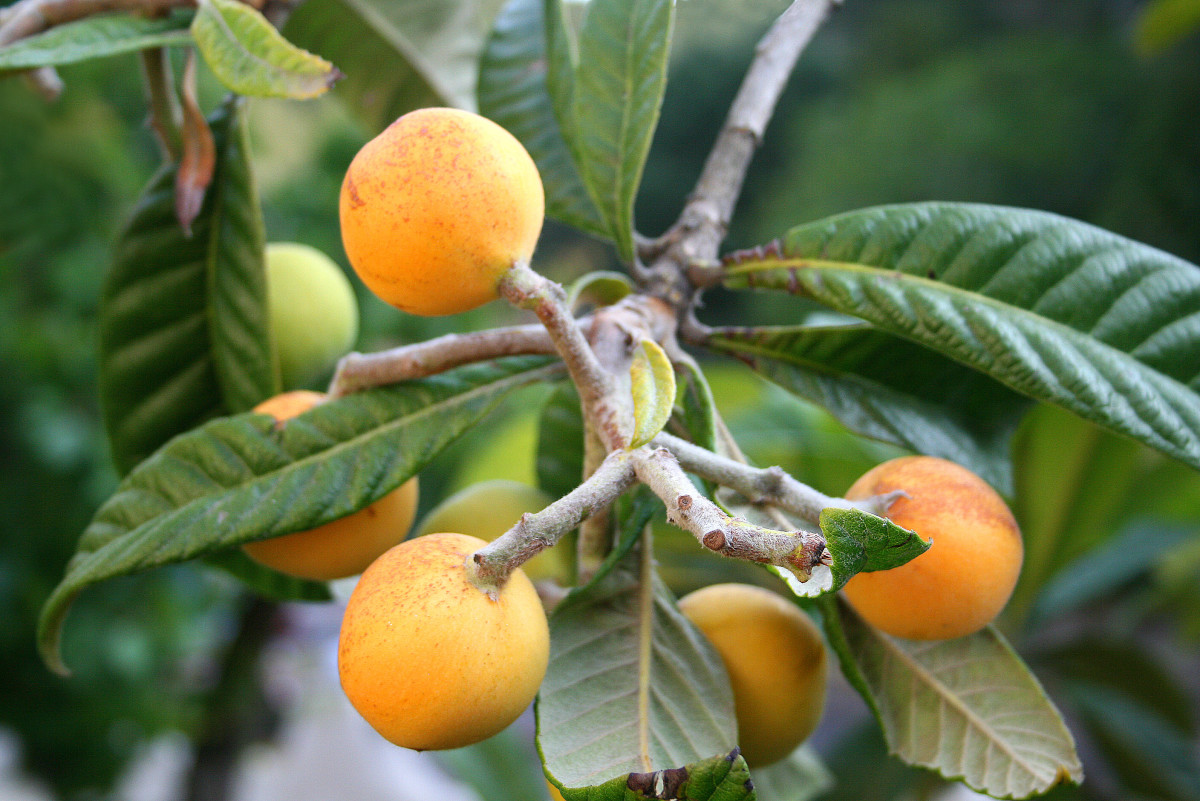Growing Your Own Blueberries
Blueberry fruit
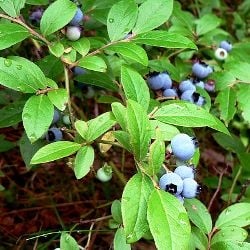
The Blueberry - An Edible Landscape Plant for All Seasons
Many people enjoy eating nutritious, tasty blueberries, but some may not have thought of growing their own. The blueberry is a North American native that is fairly easy to grow and relatively pest free. There are numerous species that have been cultivated and hybridized making it possible to grow blueberries in most areas of North America and in many other places around the world.
It is fairly easy for those who have a large garden area to plant some blueberries, but even those who don't have enough space for a berry patch can grow blueberries by integrating them into their yard as an ornamental landscape shrub that will also provide nutritious berries for both people and wildlife. Most blueberries only require 4-5 feet of space and grow 4-5 feet tall and there are dwarf varieties that are even smaller that can be grown in containers and still provide a good crop of berries.
With its delicate urn-shaped spring blossoms, the beautiful blue berries in summer, vibrant foliage in autumn and the colorful bare branches in winter, the blueberry is a plant that almost anyone can incorporate into their garden and enjoy through all of the seasons of the year.
All photos by the author, Vicki Green, unless credited otherwise.
Landscaping with Fruit by Lee Reich

Landscaping with Fruiting Plants
Landscaping with plants that bear fruit can be very attractive while maximizing the usefulness of gardening space as a source of food. Fruiting shrubs like blueberries attract birds and wildlife that use the berries as a food source, too. Most people enjoy seeing wildlife, but if you don't want to share your berries, there are tips for how to deter them further down the page. I found the book, Landscaping with Fruit, by Lee Reich a helpful resource for integrating fruiting plants into the landscape.
Distribution Map of Vaccinium corymbosum
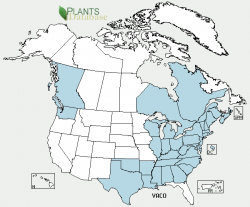
The Blueberry - a North American Native Plant
Blueberries are part of the Vaccinium genus of plants that are found naturally in many places around the world. Some of their relatives include bilberries, huckleberries, lingonberries and cranberries. The commercially cultivated blueberry is commonly known as a "northern highbush blueberry", but it is made up of several closely related North American species that have been hybridized.
The most commonly used botanical name is "Vaccinium corymbosum". The northern highbush blueberry originated from the northeastern portion of North America, but has now been cultivated and naturalized in many other parts of the US and Canada and is grown in many other places around the world. This USDA map shows where it is currently found growing naturally.
The famous "wild Maine" blueberries are another related vaccinium species that are commonly called "lowbush blueberries". Several more vaccinium species naturally occur in the southeastern part of the US and are commonly called "Southern Highbush Blueberries".
All that really matters is that blueberries are sweet, juicy and delicious and with so many hybrids developed from various species, it is possible for many people to find a blueberry shrub that can be successfully grown in their climate.
Growing Blueberries
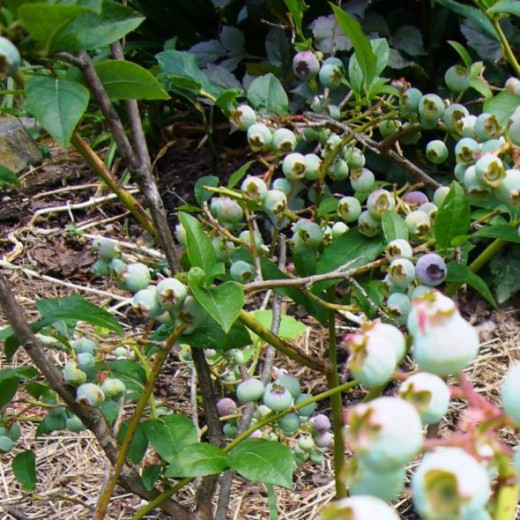
How to Grow and Care for Blueberry Shrubs
Most blueberries are fairly easy to grow in acid soil with a pH between 4.5-5.5 and have few diseases or insect pests. If your soil is not naturally acid, you can make it acid by adding peat or sulphur. Although most varieties are technically self-fruitful, to have higher fruit yields, it is recommended to plant at least two different varieties for cross pollination. Most blueberries grow 4-5' high and the cultivated "high bush" varieties have either an early, mid-season or late ripening season.
Since blueberries are fairly shallow rooted, use composted manure - not fresh manure to avoid burning the plant roots. They prefer acid soil, so do not add lime to the soil near where blueberries are planted. Normally it is best not to prune for first two years after planting. On the third year and each year after, prune out approximately 1/3 of the branches which should by then be 3 years old or older. Since blueberries are produced on new growth, yearly pruning of older branches will promote new growth and increase fruit yield.
Blueberry shrubs need normal to moist soil so they require fairly frequent watering and benefit from mulch to protect the roots and preserve soil moisture.
See How Easy it is to Grow Blueberries
USDA Plant Hardiness Map - What's Your Zone?
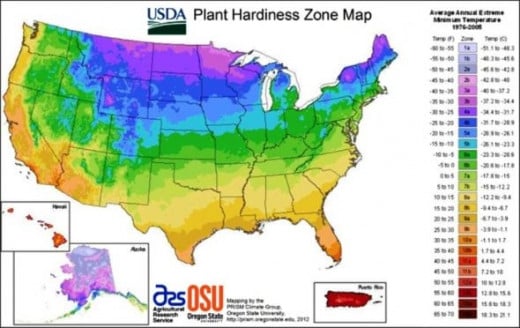
Winter Chilling Requirements
Many fruit-bearing plants, including blueberries, have a "winter chill" requirement to thrive and set fruit. Northern highbush blueberries have a winter chilling requirement of an accumulation of 300 or more hours of temperatures below 45F and most do best in USDA Plant zones 4-8. Southern highbush blueberries usually require fewer chilling hours so are more suited to growing in warmer climates. Each blueberry variety has recommended USDA zones where it grows best. Be sure that the variety you buy is suitable for the zone where you live.
Blossoms in Spring
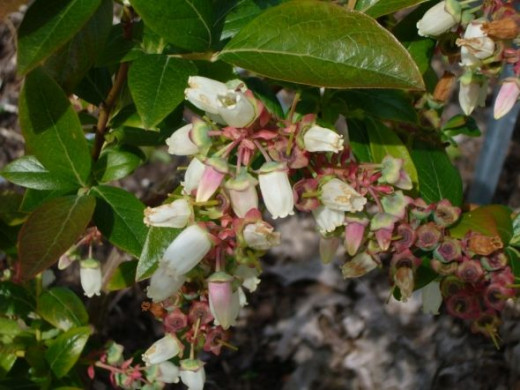
Attracting Pollinators
The delicate clusters of waxy bell-shaped blueberry flowers make an attractive display on the shrubs in the spring. Depending on the variety, some blueberry blossoms are a red or pinkish color while others are white or creamy colored. Although the flowers can simply be enjoyed for their beauty, if you want fruit, the blossoms need to be pollinated. It is important to plant two different varieties of blueberries for cross pollination and to have something that will do the pollinating. Some good pollinators for blueberries include honey bees, bumblebees, mason bees and hummingbirds. If you're not interested in having a beehive, attracting bumblebees and mason bees are a much lower maintenance option.
Attracting Mason or Orchard Bees
Mason bees, also called orchard bees, are especially good pollinators for blueberries because they become active early in the spring. Orchard bees are native to North America and can be attracted to your garden by providing a special nesting box. Hang the box in a protected but sunny area facing east or southeast and a female orchard bee may lay her eggs in the holes and then seal the hole openings with mud. In there aren't many orchard bees in your area, the cocoons with the hibernating baby bees can be purchased to increase their numbers in your garden.
Attracting Bumblebees for Pollinating Your Berries
Attracting bumblebees is particularly helpful for pollinating early blooming blueberry varieties because bumblebees are usually the first pollinators to become active in the spring.
Bumblebees can be encouraged to make your garden or yard their home by providing a bumblebee nesting box. Hang or attach a bumble bee house to a fence or under the eaves of an outbuilding. Since bumblebees can sting to defend their home against a perceived threat, place the nest box away from doors, decks, patios or other areas where people gather.
From Blossoms to Berries
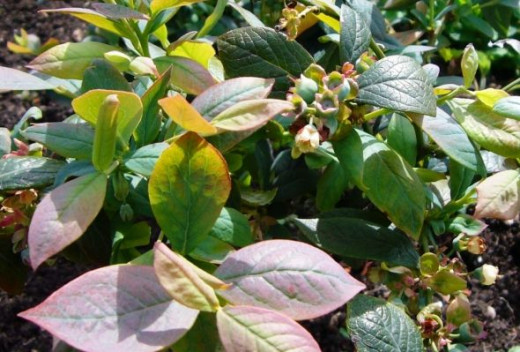
Soil Test Kit

Soil Requirements
Blueberries grow best in acid soil with a pH between 4.5 and 5.5. When blueberries don't grow well, it is often because the dirt is too alkaline. It is easy to test your soil pH with a soil test kit. If your dirt has a high pH, you can add soil conditioners that will make the soil more acid to make it more suitable for blueberry shrubs. Soil test kits are an important gardening tool to help a gardener be successful in growing any plant.
Blueberries Turning from Green to Blue as they Ripen
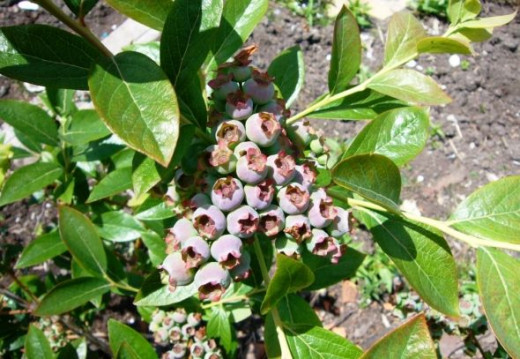
Ripe Blueberries - a Healthy Treat!
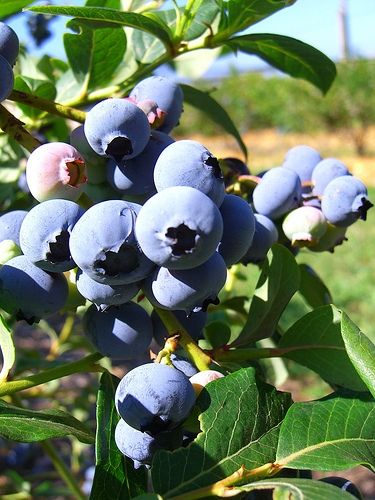
Nutritional Value of Blueberries
NUTRITIONAL VALUE OF ONE CUP OF BLUEBERRIES
Calories: 83 (4% of daily recommended amount)
Total Carbohydrates: 21 g (7% of daily recommended amount)
Sugar 14.4 g
Dietary Fiber: 3.5 g (14% of daily recommended amount)
Fat: 0.5 g (100% healty unsaturated fat)
Omega-3: 85.8 mg
Omega-6: 130 mg
Vitamin K: 28.6 mg (36% of recommded daily amount)
Vitamin C: 14.4 mg (24% of recommended daily amount)
Manganese: 0.5 mg (25% of recommded daily amount)
Calcium: 8.7 mg (1% of recommended daily amount)
Phosphorus: 17.8 mg (2% of recommended daily amount)
Potassium: 111.7 mg (3& of recommended daily amount)
Copper: 0.1 mg (4% of recommended daily amout)
Other nutrients found in blueberries include vitamin A, vitamin E, thiamin, riboflavin, niacin, vitamin B6, folate and pantothenic acid, iron, magnesium and selenium. Blueberries are also ranked as having one of the highest antioxidant levels among all fruits, vegetables, spices and seasonings.
Blueberries and blueberry antioxidants have been studied for many years and there is evidence that blueberries can improve memory. Early results from these studies suggest that blueberries may also slow down or postpone the onset of other health problems frequently associated with aging.
Fruiting Seasons
Blueberry shrubs are classified by fruiting season. All produce fruit during the summer months, but are categorized as early, mid or late season. Although the exact fruiting time will vary by local climate and weather conditions, the fruiting season indicated for a particular variety will give you some idea of when to expect blueberries to ripen compared to other varieties. To have a continuous supply of blueberries throughout the summer, plant some early varieties, some mid-seaon varieties and some late season varieties.
Or if you prefer to have all of your blueberries ripen at about the same time in one big crop, plant varieties that all ripen during the same season. It is also important to research the blueberry shrubs before you plant and determine their blooming time compared to other blueberries. Some blueberries that fruit early have a late flowering time which can be advantageous if they are being planted in an area prone to late spring frosts and a short growing season. Remember that blueberries produce more fruit if they are cross pollinated with another blueberry variety that blooms at the same time.
Northern Highbush Blueberries
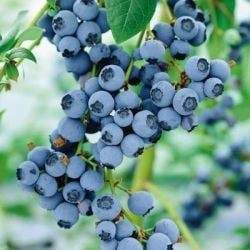
Early Season Blueberries
Although not a complete list since new varieties are introduced every year, here are the names of some early season blueberry varieties
- Bluetta: Late blooming, early ripening fruit suited for colder climates. Berries are small, but if you only want it primarily to feed the birds, it is an excellent landscaping shrub with an upright but compact shape. USDA 4-7
- Duke: Late blooming, early ripening fruit - a good choice for areas with late spring frosts and a short growing season in USDA zones 4 - 8
- Earliblue - Early spring flowers and early season fruit. USDA zones 5-7
- Patriot: Late spring flowers with early fruit - the best for the coldest climates and short growing season. Beautiful red fall foliage. USDA zones 3-7
- Polaris: Low growing variety. USDA 3-7
- Spartan: Early to mid-season fruit which is very large. USDA zones 5-7
Mid-Season Blueberries
Here is a list of some popular mid-season fruiting blueberries:
- Berkley: Late mid-season fruit. USDA zones 5-8
- Bluecrop: More drought tolerant than most blueberry plants. USDA zones 4-7
- Blue Ray: Early mid-season. USDA zones 4-7
- Coville: Late mid-season USDA 5-8
- Draper: White spring blossoms and gold leaves in the autumn. USDA zones 5-8
- Legacy: Late mid-season USDA zones 5-8
- Northsky: Low growing variety USDA zones 3-7
- Rubel: An heirloom species with brilliant red autumn leaves and twigs. Small fruits with a wild berry flavor. USDA zones 4-8.
- Toro: Pink flowers that fade to white. Tight clusters of large berries. USDA zones 4-8
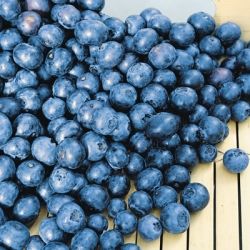
Late Season Blueberries
Late Season blueberries ripen later in the summer in late July, August or even early September. Below is a list of some late season blueberry varieties:
- Chandler: An especially long ripening season providing a steady stream of berries for up to 6 weeks. USDA zones 4-7
- Darrow: USDA zones 5-7
- Elliott: Berries ripen very late through Labor Day . USDA zones 5-8
- Herbert: Large sweet fruits. USDA zones 4-8
-
Jersey: mid-to-late season, white flowers and tolerates a wide range of soil types as an ornmental shrub and has beautiful orange flame colored fall foliage. USDA zones 3-8
Southern Highbush Blueberries
Sunshine Blue Blueberry

Warm Climate Blueberries
Southern highbush blueberries generally require fewer chilling hours with temperatures below 45 F. to flower and bear fruit and with adequate watering will tolerate long hot summers. Here is a list of some popular southern highbush blueberry varieties:
- Emerald: Mid-season fruit. Needs 250 chilling hours. USDA zones 7-10
- Jewel: Needs 200 chilling hours. Early to mid-season. USDA zones 4-8
- Misty: Needs 300 chilling hours. USDA zones 5-10
- Oneal: Very early fruit. Chiling hour requirement 500-600 hours. USDA Zones 7-10
- Sunshine Blue: Semi-dwarf variety that grows up to 3 feet tall. Makes a great container plant. Requires only 150 chilling hours. USDA zones 5-10
Attracting Wildlife
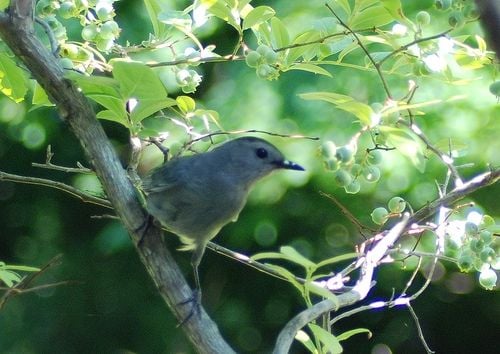
Wildlife Species Attracted to Blueberries
The catbird is just one of many bird species that eat blueberries. If you want a landscape to attract and benefit wildlife, planting blueberry shrubs is an excellent choice. Here is a list of some of the wildlife species who enjoy the sweet, juicy blueberries:
BIRDS:
Bluebird
Catbird
Chickadee
Crow
Flicker
Grouse
Oriole
Robin
Tanager
Towhee
Turkey
MAMMALS
Bear
Chipmunk
Fox
Rabbit
Raccoon
Squirrel
Mouse
Keeping Some of Your Crop for Yourself
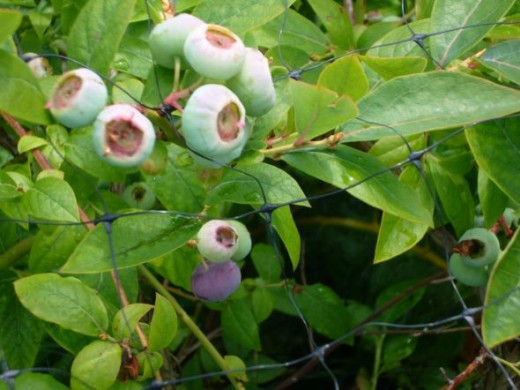
Bird Netting to Protect Your Berry Crop from Birds
Since birds and other wildlife enjoy the juicy, sweet blueberries as much as people, to keep some of the crop for yourself, bird netting does help to prevent birds from eating all of the berries. If possible, build a simple wood frame to support the netting. Supporting the netting on a frame is usually more effective to keep birds from picking berries through the net, but draping the netting over the plants is better than nothing. When you have finished harvesting what you want, remove the netting to share the rest of the berries with the birds.
Bird Repellent Tape

Bird Scare Tape to Keep Birds Away
Bird scare tape is another effective way to humanely deter birds away from your blueberries and other fruiting trees and shrubs. The shiny mylar tape moves with the slightest breeze and the motion frightens the birds away. It can be left hanging permanently or removed after you've harvested the as much of the crop as you want and are willing to share what remains with the birds.
Bears Like Blueberries
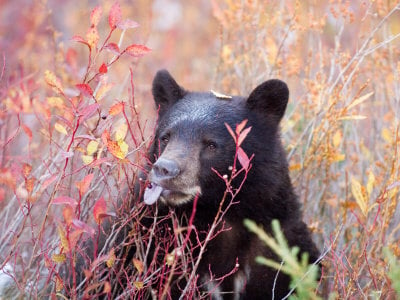
Keeping Larger Wildlife from Eating Your Blueberries
Netting and scare tape doesn't prevent larger species, like bears, from eating blueberries. Sturdy fences may help keep bears and larger animals away. But if they do get into your fruit, stay a safe distance away, take a photo, and consider yourself lucky to have such interesting neighbors!
Blueberry Shrubs in Autumn
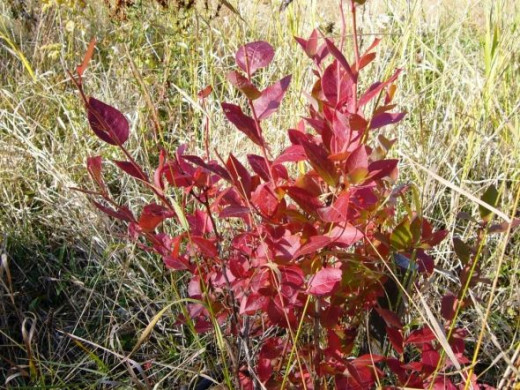
Blueberry Fall Foliage
After the tasty blueberries have been picked, blueberry shrubs provide a brilliant display of fall foliage in the garden - a beautiful landscape plant. My blog, Life at Willeth Farm has more gardening tips.
Blueberry Shrubs in Winter
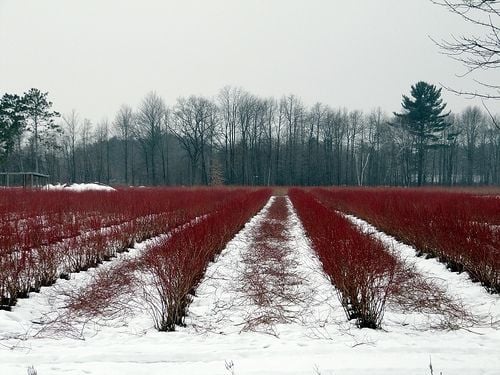
Blueberries in Winter
The blueberry shrubs continue to add beauty to the landscape in the winter. The branches of some varieties are a brilliant red providing a striking contrast to the drab background of other shrubs and trees and even more stunning after a winter snow.
© 2012 Vicki Green


